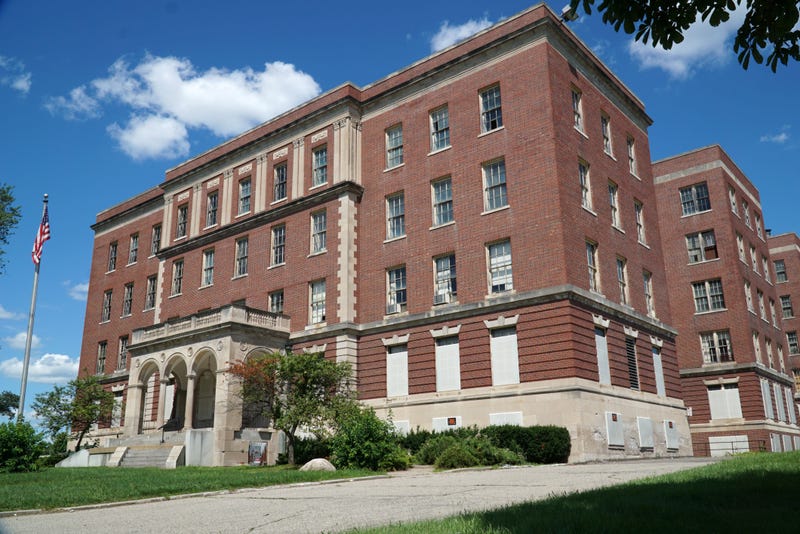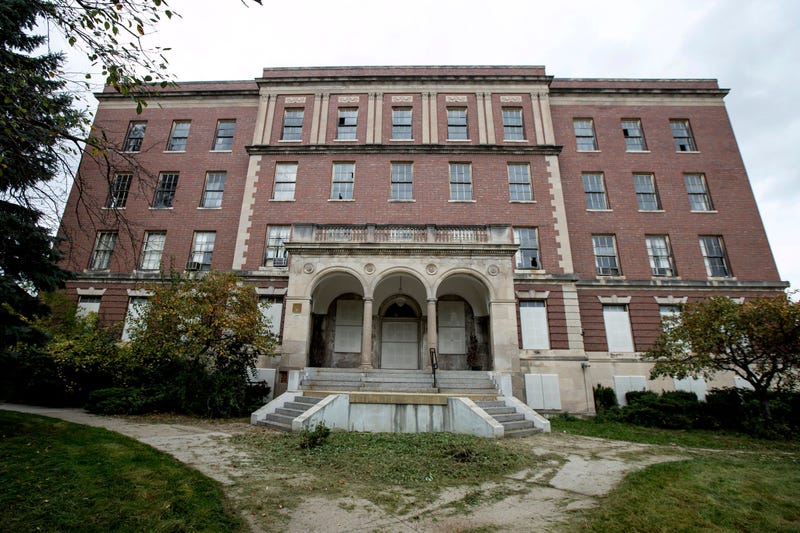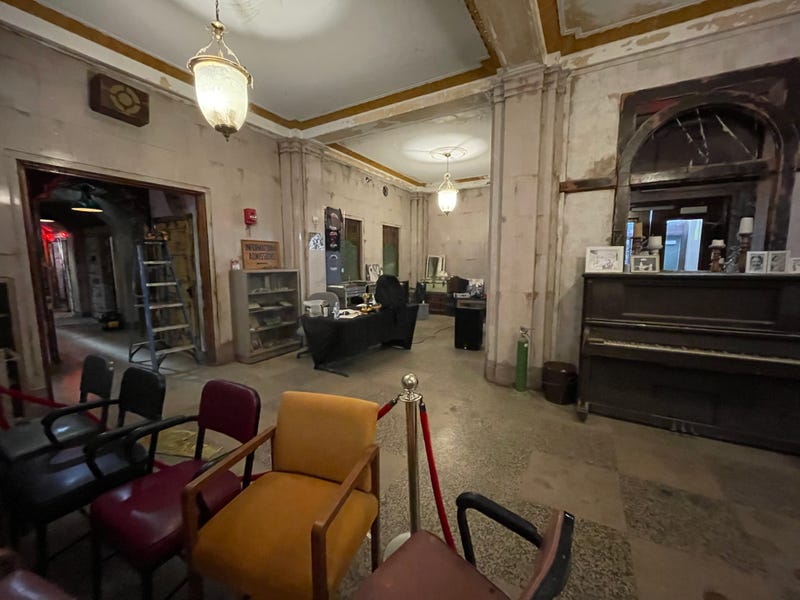
WESTLAND (WWJ) -- Eloise Asylum, Metro Detroit’s former psychiatric hospital-turned-haunted attraction, is once again undergoing some major changes.
The historic Westland property -- which has long been a hot spot for paranormal investigators and urban explorers -- will be transformed into a hotel, bar and restaurant in a massive $4 million renovation project.
After Eloise Psychiatric Hospital and Wayne County General Hospital, which was also located on the grounds, closed in 1979 and 1986, respectively, the property sat dormant for decades.
In the years that followed, large parts of the Eloise grounds were sold off, and turned into strip malls, condos and a golf course.
The most well-known remaining structure is the Kay Beard Building, which was built in 1931 and once served as the Eloise admission and post offices, but also housed about 400 patients and staff living quarters.

Wayne County used the structure for administration purposes until 2016, and the building and other remaining Eloise property was sold to a developer for $1.
A portion of the Kay Beard Building was later turned into the somewhat-controversial Eloise Asylum haunted house attraction, which also offers paranormal tours to the public.
Now, thanks to funding from The Michigan Department of Environment, Great Lakes and Energy (EGLE), the Eloise property will be transformed into a hotel, restaurant/bar and expanded haunted attraction.
EGLE will provide a $695,000 brownfield grant to help clean up the petroleum-related contamination that has long plagued the property, and remove several blighted structures from the grounds.
The grant is just a piece of Eloise’s overall $4 million renovation plan, which also has the city of Westland teaming up with 30712 Michigan Avenue LLC to redevelop the site.
When completed, the massive project will create several hundred jobs and a sizable boost in Eloise’s taxable value.

First opening in 1839 as the Wayne County Poorhouse, the facility eventually expanded into an asylum, sanatorium and hospital.
By 1913, the enormous complex, which once boasted 75 buildings on 902 acres, became collectively known as “Eloise,” named after daughter of Detroit postmaster Freeman B. Dickerson, who worked to improve conditions for the poor.
Eloise was once considered to be at the cutting edge of new medical practices, and was an early adopter of x-ray machine technology, as well as music and art therapies.
Despite its forward-thinking, Eloise also practiced now-controversial methods such as lobotomies, hydrotherapy and insulin therapy on some of its patients, and also drew criticism for overcrowding and sometimes poor conditions due to a lack of funding from the state.
The site has also long been rumored to be haunted, inspiring its recent transformation into the ‘Eloise Asylum' attraction, though those who have worked to preserve the facility’s history through the decades adamantly deny those claims.

![What we saw inside the halls of Eloise Asylum in Westland [PHOTOS]](https://radioimg.audacy.com/aiu-media/USATSI16437164--Edited-062005b5-a267-47b9-ac2e-855f9d4da5ef.png?crop=16:9)
